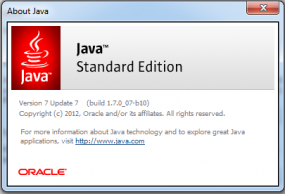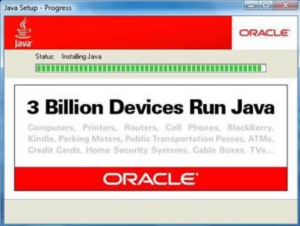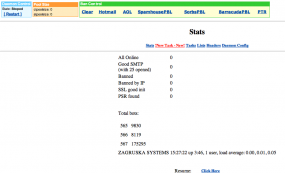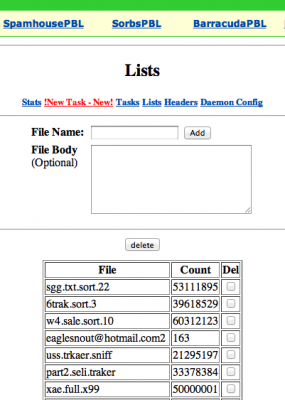Microsoft today issued security updates to fix at least two vulnerabilities in its software. The fixes are for enterprise components that are not widely installed, meaning that Windows home users will likely get away with not having to patch their operating system this month.
![]() The first patch, MS12-061, applies to Microsoft Visual Studio Team Foundation Server. The other update, MS12-062, fixes a flaw in Microsoft Systems Management Server 2003 and Microsoft System Center Configuration Manager 2007.
The first patch, MS12-061, applies to Microsoft Visual Studio Team Foundation Server. The other update, MS12-062, fixes a flaw in Microsoft Systems Management Server 2003 and Microsoft System Center Configuration Manager 2007.
Windows users who run Windows Update or Automatic Update may still find a few updates available, such as KB2736233, which disables certain potentially unsafe ActiveX components in Internet Explorer; or KB2735855, which is a stability hotfix for Windows 7 and Windows Server 2008 systems.
Microsoft is urging system administrators at organizations to test a soon-to-be mandatory patch (KB2661254) that will change the way Windows handles encryption keys. That patch is in apparent response to the weaknesses exploited by the Flame malware, which used it to successfully spoof the encryption algorithm used by Microsoft’s Remote Desktop and to install itself on Windows PCs. The update has been available since August but won’t be pushed out through Windows Update until October.












